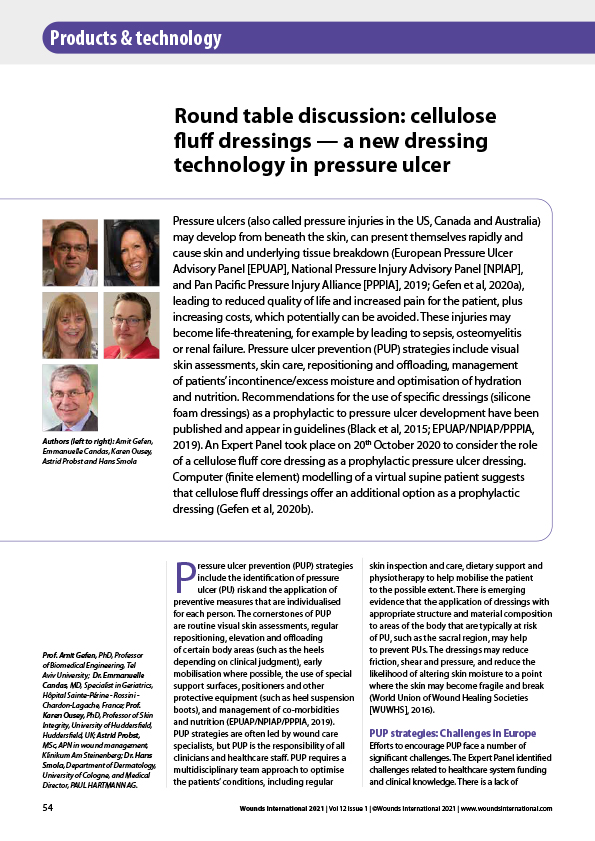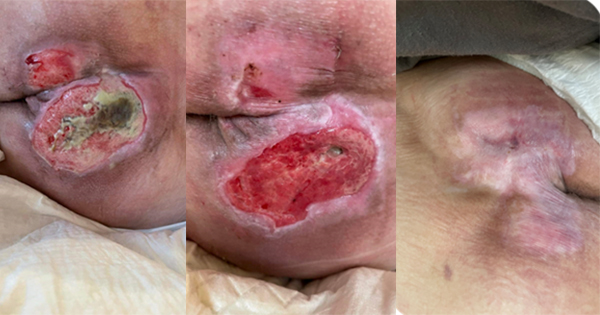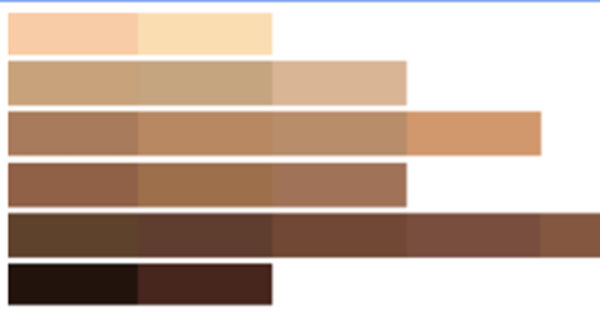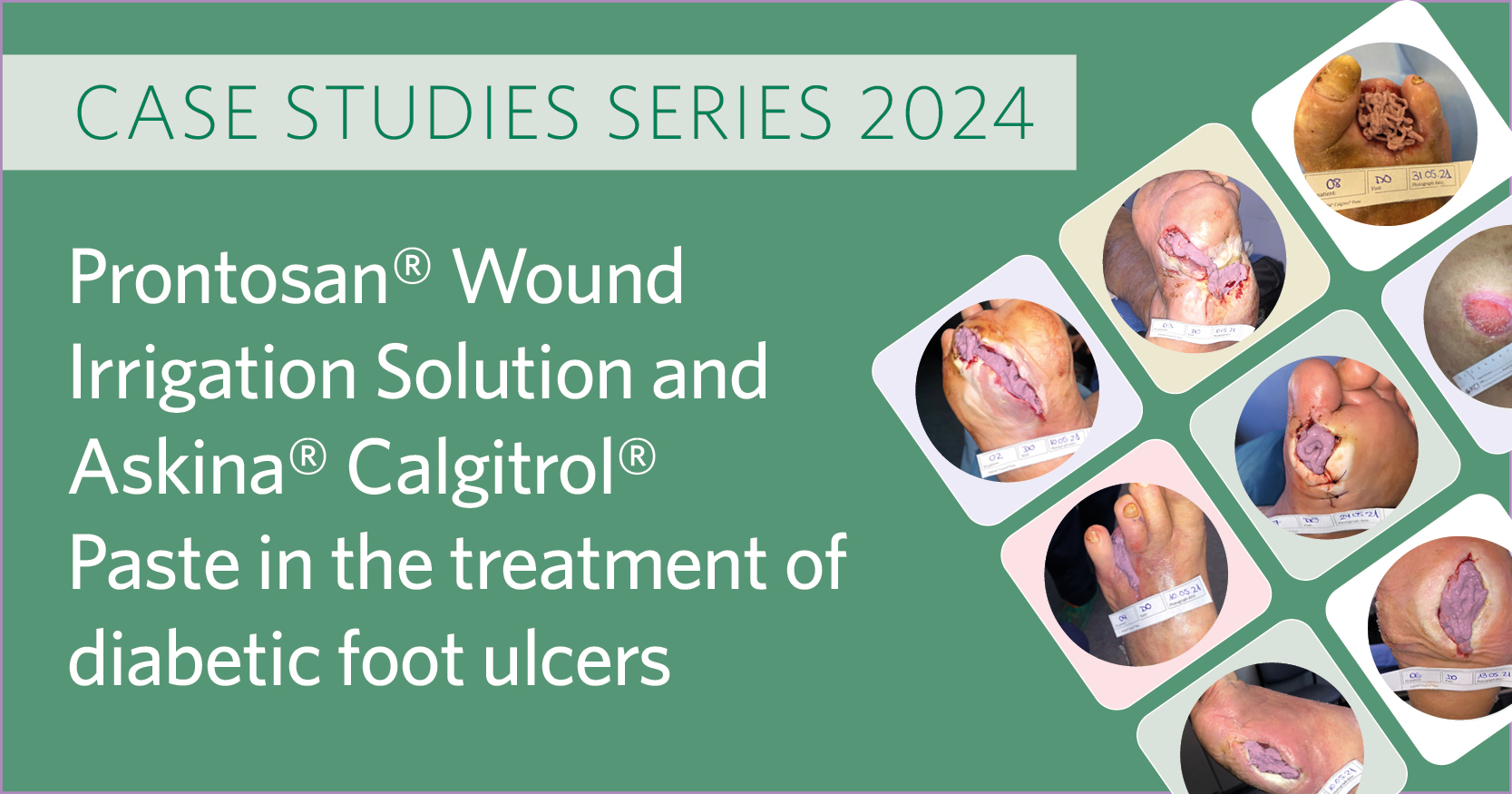Pressure ulcers (also called pressure injuries in the US, Canada and Australia) may develop from beneath the skin, can present themselves rapidly and cause skin and underlying tissue breakdown (European Pressure Ulcer Advisory Panel [EPUAP], National Pressure Injury Advisory Panel [NPIAP], and Pan Pacific Pressure Injury Alliance [PPPIA], 2019; Gefen et al, 2020a), leading to reduced quality of life and increased pain for the patient, plus increasing costs, which potentially can be avoided. These injuries may become life-threatening, for example by leading to sepsis, osteomyelitis or renal failure. Pressure ulcer prevention (PUP) strategies include visual skin assessments, skin care, repositioning and offloading, management of patients’ incontinence/excess moisture and optimisation of hydration and nutrition. Recommendations for the use of specific dressings (silicone foam dressings) as a prophylactic to pressure ulcer development have been published and appear in guidelines (Black et al, 2015; EPUAP/NPIAP/PPPIA, 2019). An Expert Panel took place on 20th October 2020 to consider the role of a cellulose fluff core dressing as a prophylactic pressure ulcer dressing. Computer (finite element) modelling of a virtual supine patient suggests that cellulose fluff dressings offer an additional option as a prophylactic dressing (Gefen et al, 2020b).







